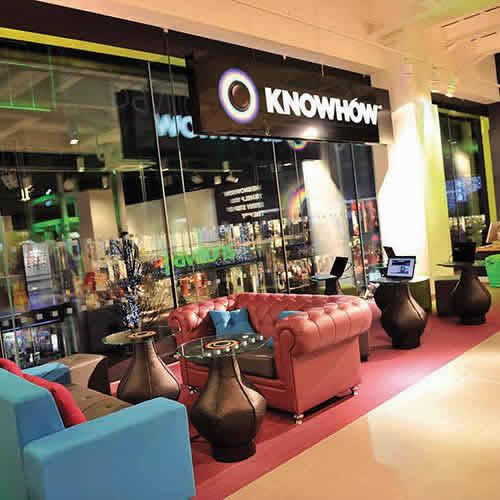In a smart world where service and integration may become more important than pure hardware, retailers must sell their expertise and perhaps even re-evaluate the old rental model as part of a full-service offering, says techUK operations director Paul Hide
The editor asked me to write a piece on “what’s new in 2017” and, as I reflected on the likely consumer electronics product offerings for the next 12 months, I was having difficulty picking out products and sectors that will experience significant change from a hardware perspective next year.
That’s not to say there is nothing to entice customers. Tellies will get bigger, picture quality will get better, devices will connect more seamlessly to each other via wireless networks, experiences that are augmented and virtual will expand and devices offering content on the move will deliver higher performance at a similar or lower cost. I predict that the consumer electronics hardware market value will stay flat, even accounting for likely price rises that I think we will see across the board, as the currency impacts of a largely imported goods sector hit home.
The world of hardware is currently in a loop of evolution rather than revolution, so the revolutionary opportunities are to be found in the services and applications that deliver and enable content and on the platforms from which content and services are delivered.
It is no coincidence that out of the 300 new member companies that have joined techUK in the past two years, more than 250 of them have been creators and providers of services and applications rather than manufacturers or resellers of hardware devices.
Ownership
Hardware ownership is ultimately finite and markets quickly mature into replacement cycles. Software and services have more infinite opportunities. There has been much recent research that talks about a growing appetite for consumers prepared to pay more for experiences and services that add value to work and recreational activities, enhancing the value of digital devices.
If I were at the sharp end of retailing, I would be paying much more attention next year to value and margin growth from the services that sit around the devices and look at the opportunities of raising average basket sale prices through additional linked services and support. From a retail perspective, these opportunities can be split between services that enable linked devices, services that provide product support and services that provide flexibility in device ownership and upgrades.
International retailers, such as Dixons Carphone, are investing significant resource in developing service-based solutions that enhance the devices that sit within connected homes. They have been very open in saying that they see margin-rich revenue streams of the future coming from the service and support areas of connected devices.
This increasingly complex smart-home world provides forward-thinking retailers with opportunities to offer far richer, full-service solutions than selling devices alone. Connected and smart homes require a platform on which to operate. They need infrastructure networks within the home, and a degree of expertise in configuration and customisation to offer realisable value to homeowners.
This is far more complex than the majority of plug-and-play devices purchased and installed today. Customers will pay for added-value services and the installation of a network on which future devices and networks can be linked and exploited, giving you more regular engagement opportunities with your customers.
It is also worth considering alternative models of product purchase and ownership. The sales model for consumer electronics and home appliances is primarily a cash purchase or retailer-funded, interest-free credit offer. Exceptions are smartphone and pay-TV business models, where product cost is built into the monthly service package contracts and where the product ownership is often retained by the service provider.
These business models, along with the behavioural shifts we see in the millennial generation, who appear to have a far less emotional or material attachment to device ‘ownership’, throw up some interesting considerations on alternative sales models that effectively ‘loan’ hardware to homeowners as part of a full service and support subscription package.
Rental
This approach, harking back to the old rental type business model, is rarely considered by independent retailers today in spite of some very successful and proactive retailers who will willingly tell you how successful and attractive a modern rental type model can be.
The changes in social culture, affluence, working and living practices in the younger generation will have a profound impact on the way consumer electronics are sold and owned in the next 10 years.
Adapt and survive is an oft-used mantra and never more apt in the changing world of technology retailing.
We should all be asking ourselves how business models will embrace changing markets and how to bridge the margin and sales gap in digital devices through a much broader landscape of opportunities in services.


